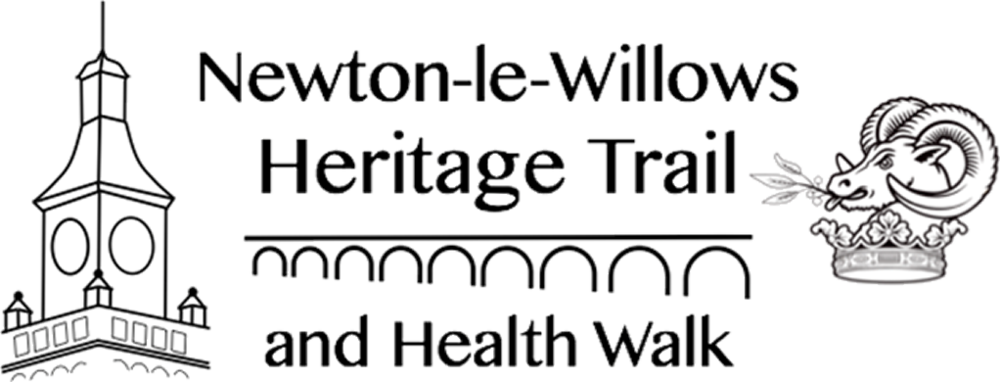Earlestown Station
Earlestown station lies on the Liverpool to Manchester line which was opened in 1830 and was the first recognisably modern railway line in the world. In 1831 the Warrington to Newton line was opened forming the world’s first railway junction. The curve that joined these two railways was much tighter than later railways and you can still hear the screech of the trains traversing the curve to this day.
The Grand Junction Railway absorbed the Warrington and Newton company in 1834, who used it to access the Liverpool and Manchester line. The triangular layout of lines at Newton Junction (as it was then known) was completed by the construction of the east curve in 1837.
Earlestown remains one of only two triangular stations in the UK, the other being Shipley in West Yorkshire
Waiting Room
The exact history of the grade II listed station building on platform 2 is a bit of a mystery. It may have been built as a waiting room after the Warrington to Newton line was opened, it may have already been in place before the railway line was built, or it might have been built as a waiting room or ticket office in 1850 by Mr Thomas Stone, a local builder. Whatever the historical origins of the building were, there is no doubting its age and the quality of its construction.
It is claimed that this is the oldest railway station building in the world still in passenger use. The building is Grade 2 Listed, and is connected by the railway to one of the world’s first railway viaducts, the Sankey Viaduct to the west.
Curzon Cinema
The Curzon Cinema opened on October 28th 1935 and was built in the Art Deco style to plans drawn up by architect William T. Harrison. The entrance had a brick and cream-tile façade, and the interior was finished with tiled and wood panelled walls, terrazo floors, deep pile carpeting, and grand twin staircases leading to the stalls. The Cinema closed in the 1980s and was then used for snooker and bingo. The building was destroyed by fire in 2004 and eventually demolished in 2010.
The Railway Inn
The original public house serving the railway station was located on a triangular piece of ground adjoining the present entrance to the Station. It was an old white timbered beer-house, known as the Ram’s Head, and kept by James Forster. He afterwards built a public house of the same name in Pepper Alley which is now known as Earle Street. He also erected the Railway Inn, opposite the Station, for his son, John. The Railway Inn is known locally as the Bottom House.




